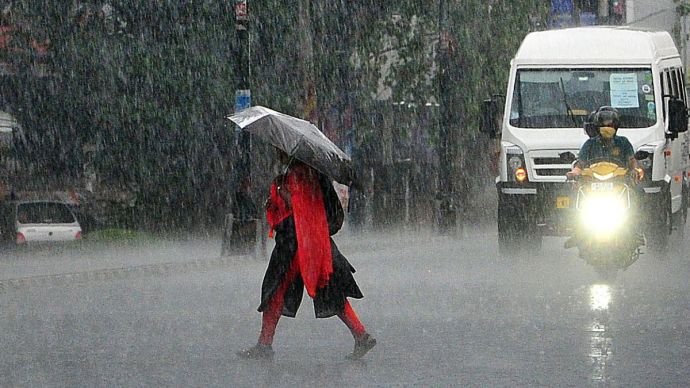Kolkata has always been a mecca for food enthusiasts. Tarun Niketan, a 108-year-old culinary gem among the city’s iconic pice hotels near Rashbehari Avenue, came into the spotlight recently when the Maharani of Baroda, Radhikaraje Gaekwad, paid a visit. She enjoyed a traditional, fish-heavy meal at Tarun Niketan, celebrating the city’s rich culinary heritage.
What Are The Specialities Of Pice Hotels?
Pice hotels are traditional, no-frills eateries in Kolkata that came up in the mid-1930s. Known for serving affordable, home-style meals, these establishments follow a unique pricing model- rates vary daily based on the cost of fresh ingredients, with no fixed menu prices. According to the journalist Kounteya Sinha (@sinhakounteya), a meal was uniformly priced at 1/16th of a Rupee, which was ‘six paise’ (Pice indicated an ‘Aana or Anna’, a monetary unit in undivided India). An interesting aspect of these eateries is that their prices aren’t fixed. It is fixed every day according to the price of the produce that morning also indicating it’s freshness. The flavours are old school and real, exactly how Bengali cuisine was relished. The eateries cater to migrant workers, students, and office goers to high profile professionals.
Mecca Of Taste
Pice hotels are considered to be cultural storehouses which serve the traditional Bengali recipes and authentic dining practices. Pice hotels offer a glimpse into Kolkata’s rich food culture is woven into its very soul—captured lovingly in old films, echoed in timeless literature, and remembered through generations of shared meals and stories. The word “pice” is believed to have come from the Hindi word “paisa”, which was once the smallest unit of currency in India. The use of the term “pice” in pice hotels reflects their simple, no-frills nature—emphasising affordability and modesty in how the food is served.
Tarun Niketan
A low-profile, unassuming eatery tucked away off Rashbehari Avenue—far from the bustle of the main road—is often bustling with crowds throughout the day. Meals are supposed to be a la carte, with each item priced separately (e.g., banana leaves or earthen water pots may cost extra). Prices remain low, with basic meals dependent to the produce used that day.












